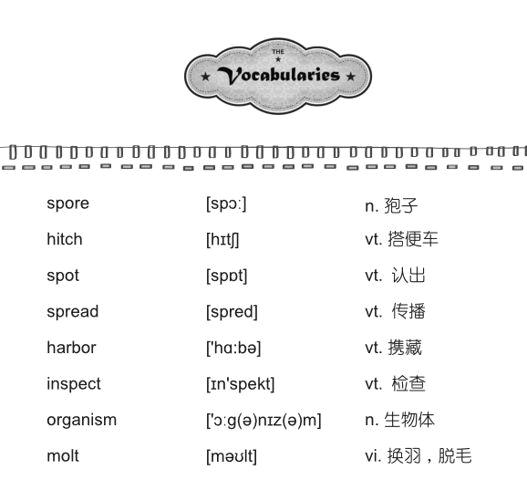Plant spores hitch long distance feather rides
2015-05-04
苔藓、海藻、地衣等植物的孢子能黏在鸟类的羽毛上,随着鸟儿从北极迁徙到南美洲的最南端。
You could be in the Arctic and spot some moss. And then you could beat the tip of South America and spot the same kind of moss—and never find it in between. So how did this particular plant get so well-traveled? Turns out it flew.
We have long known that birds spread seeds. But new research says migrating birds also spread microscopic spores. The birds harbor tiny parts of plants and lichens in their feathers, and setting up similar colonies thousands of miles apart.
Scientists inspected feathers from birds in the Arctic that were about to leave for South America. Fragments from mosses, algae, lichens and liverworts were trapped in the feathers. All of which can grow into new whole organisms.
The researchers think that long-distance fliers such as the American golden-plover and the white-rumped sandpiper picked up the spores while lining their nests. Then when the birds arrive in new places they molt, leaving behind the feathers and their precious cargo—to start growing again at the other end of the world.
